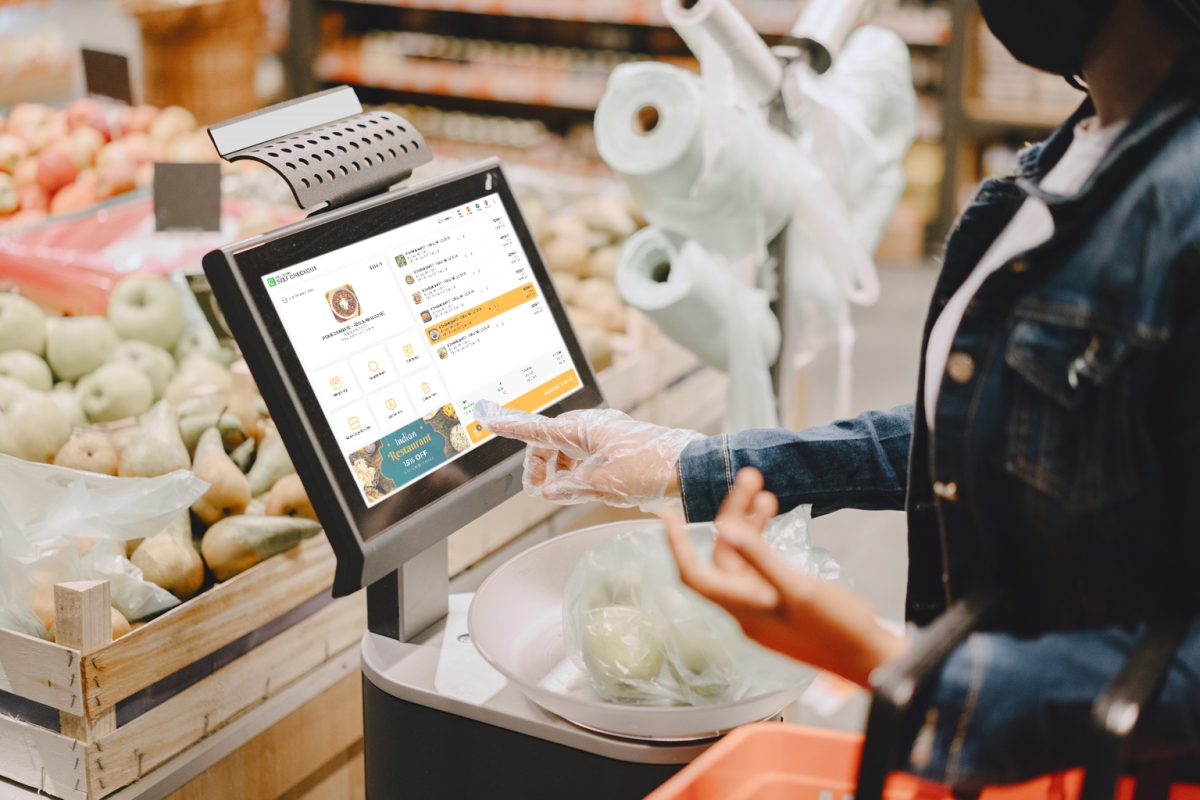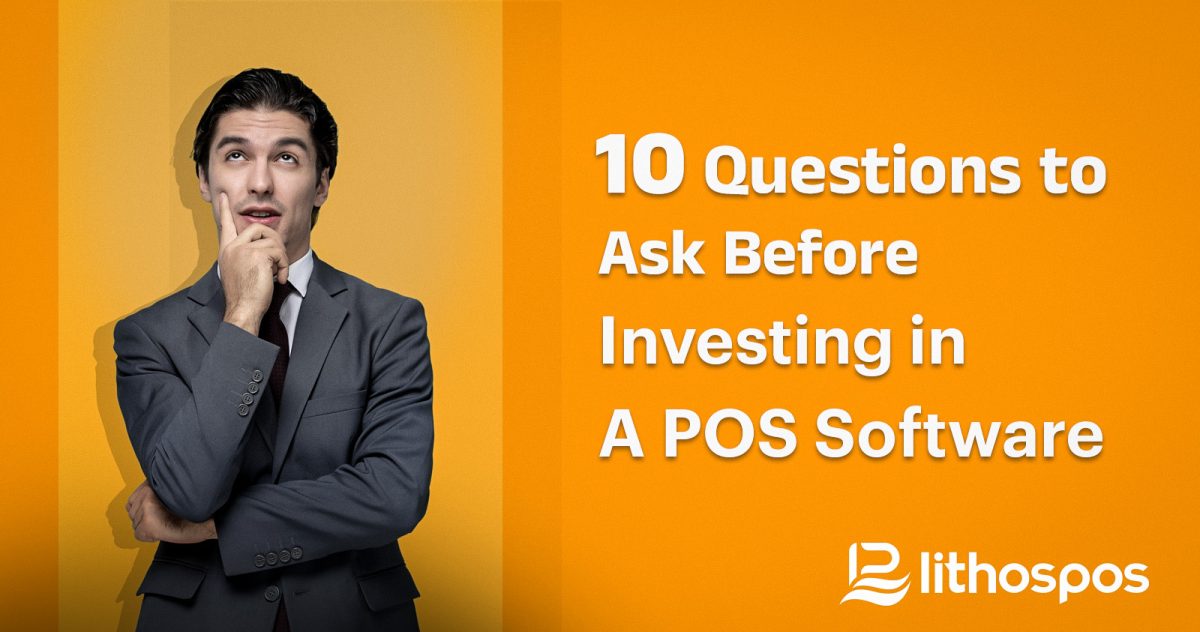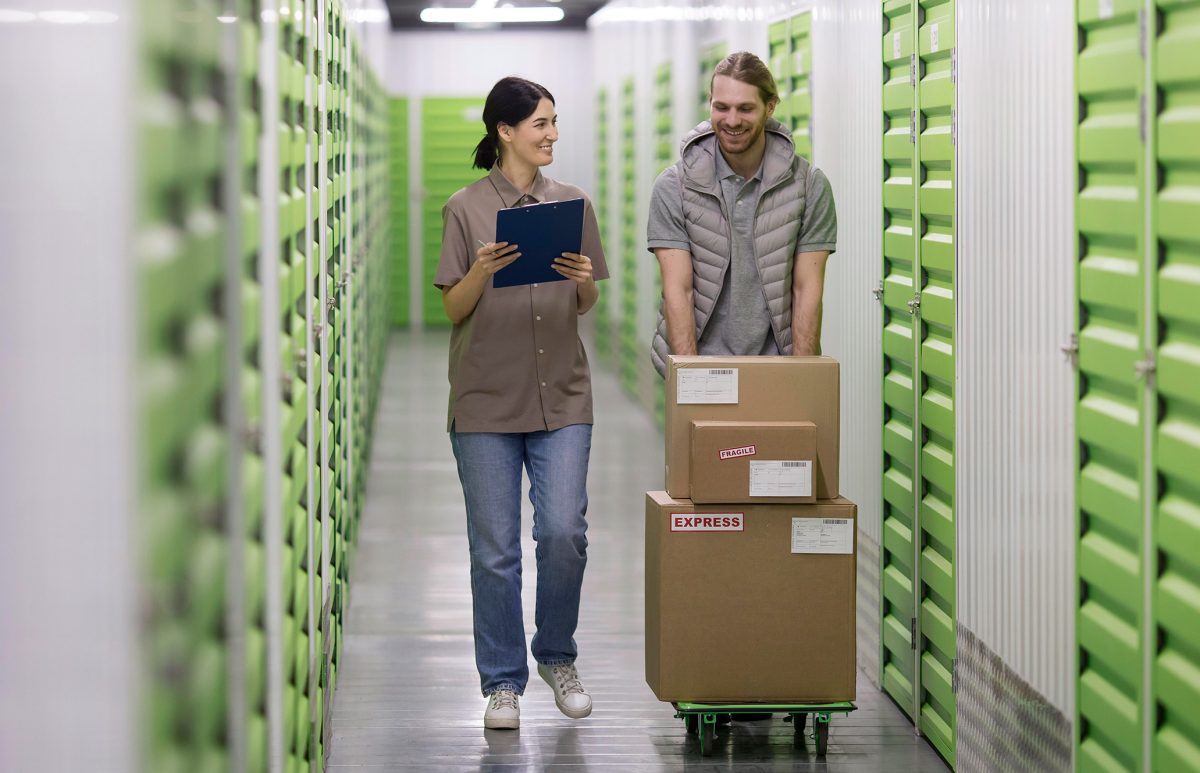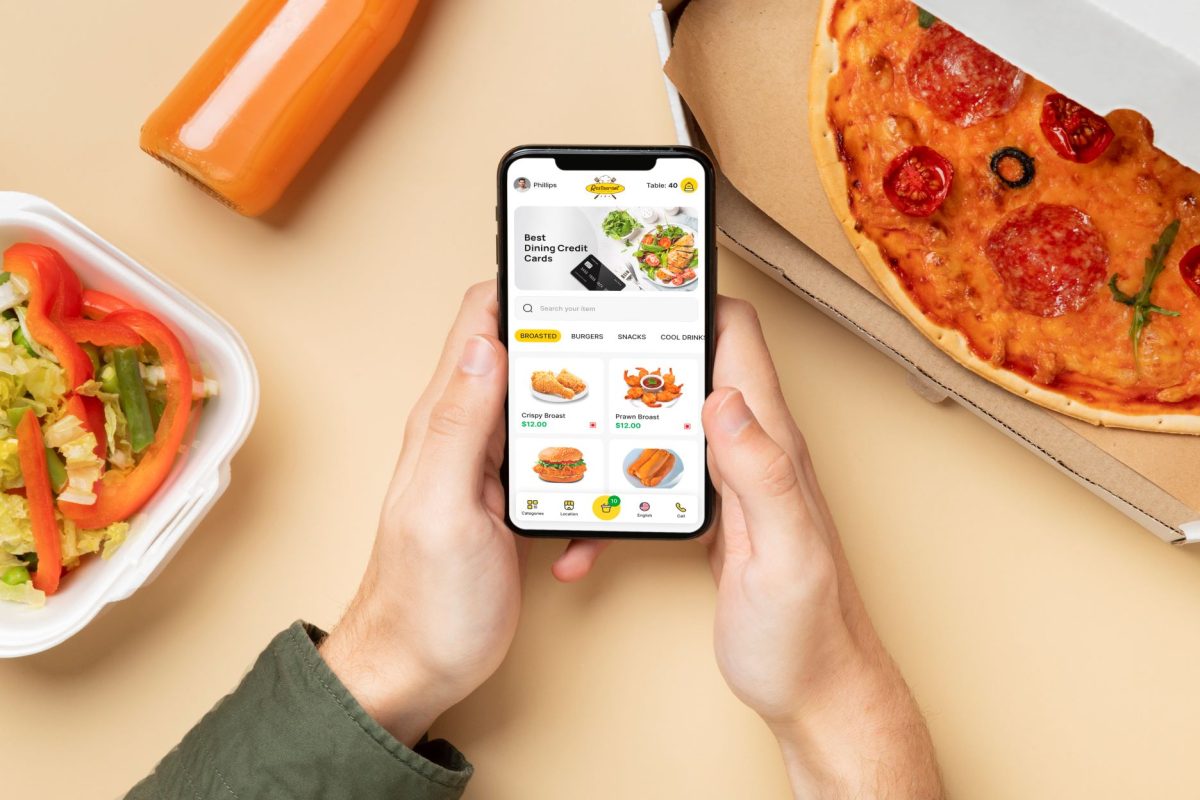Remember the last time you went out with friends to a café or went shopping together? Chances are, no one pulled out cash. Someone scanned a QR code, tapped a card, and just like that, it was done. Fast, easy, no awkward math.
That’s the power of digital payments. But it’s not just about convenience. It’s about how technology has quietly transformed our social habits, from splitting dinner bills to browsing local stores during a casual hangout.
Behind all this ease is something many people don’t notice: the point-of-sale (POS) solution. For businesses, especially those using solutions like LithosPOS, the modern payment experience is tied together.
Let’s explore how digital payments have changed the way we shop and dine with friends and why having a smart POS matters more than ever.
1. No More “How Do We Split This?” Moments
We’ve all been there. The food was great, the conversation even better, but the moment the bill arrived, it turned into a math lesson. Who had the pasta? Did we share the dessert? Is anyone covering the tip?
Today, most modern restaurants and cafes allow everyone to pay separately using their preferred payment method. No need to carry exact change or rely on one friend to pay the full amount and chase everyone later.
With a POS software like LithosPOS, staff can split bills in multiple ways: per item, per seat, or custom split. Whether someone wants to pay with UPI, tap their credit card, or scan a QR code, it all happens smoothly at the counter or table.
Real-life win: Your friend group can each pay their share with no delays, no confusion, and you can all leave happy.
2. Checkout Speed Matters in Social Shopping
Going shopping with friends is a classic way to spend time. But nothing kills the vibe like long queues and slow billing.
This is where digital payments and fast POS software make a difference. Whether you’re buying a quick gift, grabbing a coffee, or trying on outfits at a boutique, the experience feels more relaxed when checkout takes seconds.
POS solutions like LithosPOS let businesses accept multiple payment methods, including contactless cards, wallets, UPI, and even international payment systems. For customers, it’s seamless. For businesses, it’s efficient and improves service.
Tip: A faster checkout equals a better experience, which means more return visits and free word-of-mouth advertising.
3. Small Vendors, Big Social Impact
From food trucks at festivals to handmade goods at weekend markets, we love supporting local sellers. And thanks to mobile-friendly POS tools, even small businesses can now accept digital payments like the big ones.
No more “sorry, cash only.” Instead, vendors can carry a compact POS setup, scan QR codes, and issue digital receipts using tools like LithosPOS.
This change is playing a vital role in strengthening local communities. When it’s easy to pay, customers are more likely to buy spontaneously, share their experiences, and return again.
Think about it: Supporting a local vendor is easier when all it takes is a scan. They’re more likely to stay in business when transactions are smooth and recorded.
4. Everyone’s Got a Wallet in Their Pocket
These days, your wallet probably isn’t in your pocket. It’s in your phone. From Google Pay to Apple Pay to local wallets, we’re all used to tapping and scanning our way through the day.
Businesses that don’t keep up risk losing customers, not because of bad service, but because of inconvenience.
That’s why POS software must integrate seamlessly with a wide range of payment providers. LithosPOS is designed to work with over 50 payment services across more than 40 countries, making it easy for customers to pay the way they want.
Quick fact: Offering multiple payment options builds trust and increases your chances of turning a first-time visitor into a loyal customer.
5. Better Experience = More Sharing
We live in a social world, literally. People love to share where they eat, shop, and hang out. But that only happens when the experience is worth talking about.
Slow service, confusing payment options, or long waits can lead to frustration, which rarely makes it to Instagram. On the other hand, a quick, seamless payment process adds to the overall positive vibe.
POS tools that make things easier behind the scenes give customers more reasons to share their positive moments online. That could mean tagging your business, writing reviews, and bringing in new people through their networks.
In short: Great experiences fuel free marketing. Your POS plays a bigger role in that than you might think
6. Smarter Insights for Smarter Social Decisions
One of the hidden powers of digital payments and POS systems is the data they provide. Every transaction tells a story. What was bought, when, by whom, and in what quantity?
When you understand your customers’ behavior, you can create better offers, stock smarter, and run promotions that work. For example, if your café sees a spike in desserts on weekend evenings, maybe it’s time to offer a “Sweet Social Sunday” deal.
With LithosPOS, businesses get real-time reports and analytics that help them make smarter, faster decisions based on actual trends.
Data tip: Knowing your customers better means you can offer them more of what they want. That’s good for both business and relationships.
7. More Freedom for Business Owners
Let’s not forget the people behind the counter. Business owners and staff also benefit from digital payments. When managed through a unified POS system, day-to-day operations become simpler.
No need to sort through receipts or chase down unpaid tabs. Everything is logged automatically, and owners can access their sales data from anywhere.
That means more time to spend with family, catch up with friends, or just breathe easier knowing their business is running smoothly, even when they’re not physically present.
Work-life balance isn’t a dream. It’s possible when your tech supports you instead of slowing you down.
TIP – Want to give your customers a better shopping or dining experience and simplify your operations simultaneously? Start by upgrading your POS.
With LithosPOS, you’re not just accepting payments. You’re offering convenience, flexibility, and trust.
📞 Contact Us –
Whether you run a café, retail store, or multi-location restaurant, LithosPOS helps businesses stay connected with today’s socially active customers while simplifying sales, payments, and operations.
👉 Visit www.lithospos.com or email us at support@lithospos.com to learn how we can support your growth.
















